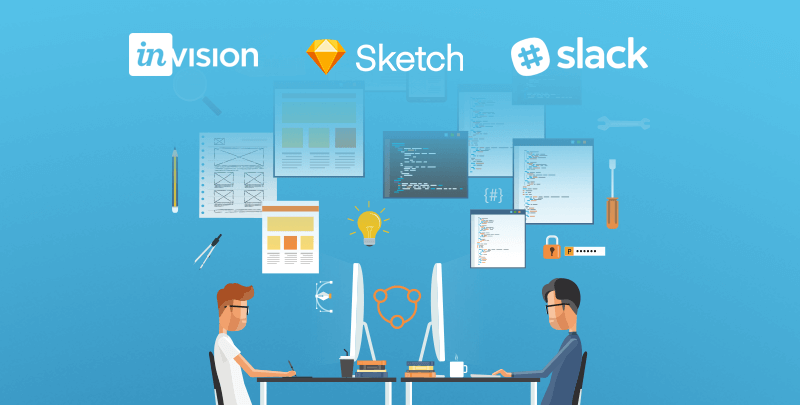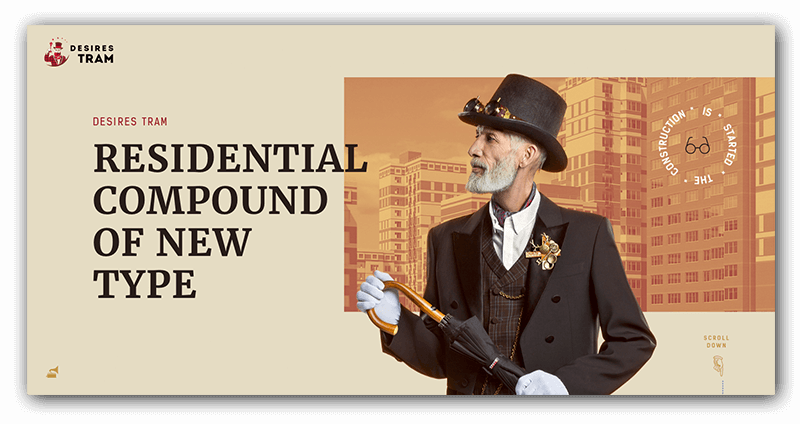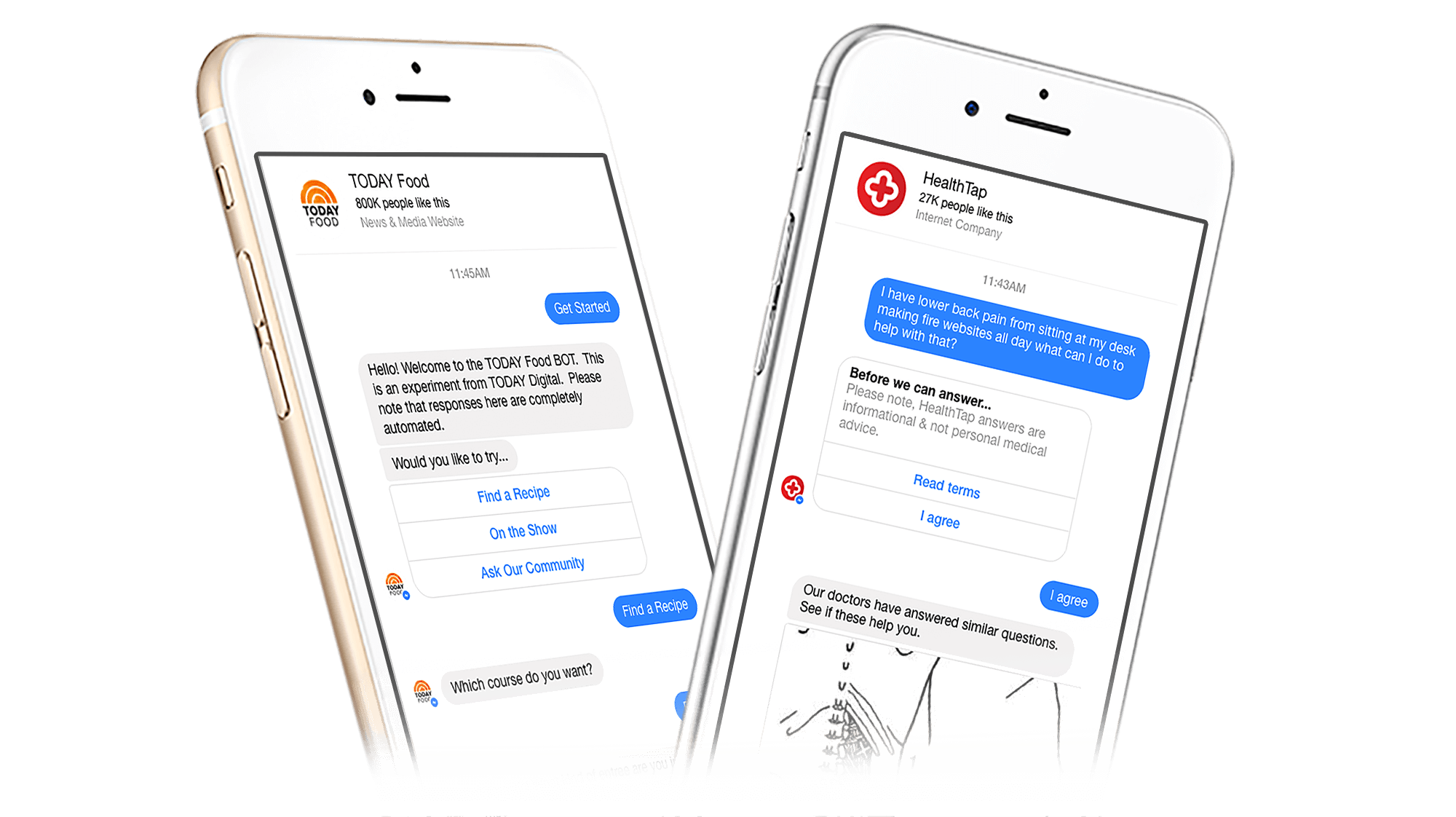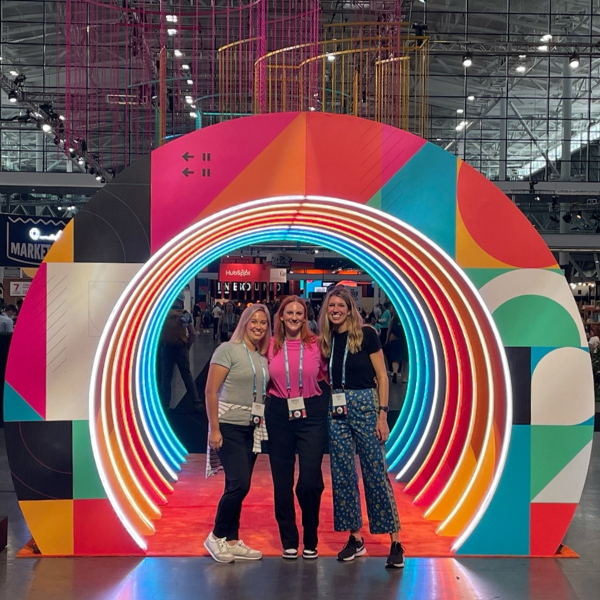Even when inspired by the past, top UX designers leverage new tools to bring cultural trends in fashion, politics, music and more to emerging media. This renaissance mentality is the hallmark of good design, and the best designers always have one foot in the future and one in the past.
Below are five web design trends for the renaissance UX designer of tomorrow.
1. Stronger collaboration between designers and developers
As faster delivery times have become the norm, traditional silos between designers and developers are breaking down, creating more opportunities to push for a more interactive experience. Tools such as Sketch, Slack, and Invision allow us to communicate more efficiently across disciplines in the agency space.
This more transparent workflow—often leveraging an Agile framework to constantly test and improve design—allows constant collaboration between designers and developers, resulting in an end product that both looks better and works better.

2. Complex layouts that still follow design principles
Big layouts with sectional designs provide more immersive experiences. H1s are getting bigger, body copy smaller. Options have broadened—even serif and non-serif now play nicely together. Clearly, designers are moving away from simple composition in favor of pushing the boundaries of web platforms. The future lies in how typography interacts and overlaps with images to create more distinct visual messages. As the focus on brand authenticity sharpens, classic stock shots will (thankfully) make way for custom imagery, and typography will provide the one-two punch in achieving a distinct identity and message. Adidas has always been authentic with their brand and their latest climazone microsite is no different.
3. Interactivity driving the narrative
A good web designer thinks of the experience; a great web designer thinks of the story. Purchasing decisions, both B2B and B2C, are driven by appealing to both rational and emotional needs. Well-informed content that speaks to these needs, uses data the right way, and paints a compelling narrative can make or break consumers’ decisions. Smooth animations between sections gives an extra layer to this storytelling trend. Take a look at this strong example of storytelling and interaction by Red Collar.

4. Every interface a personalized conversation
Chatbots are becoming the norm for many brands on platforms including Facebook, Skype, and Slack. Not only are chatbots helpful with customer orders and inquiries, they are positively affecting form systems. Exposed forms with multiple entry panels have always been intimidating, and can even cause users to bounce, but chatbot technology streamlines the process and makes the form more of a friendly conversation. This is great for your customers—and for your lead generation.

5. Data visualization for more compelling storytelling
Infographics and data visualization aren’t new to the web—it makes sense to visually simplify difficult concepts so they can be better understood. What’s changed is the way these items are being built, with scroll interactions that animate as a user progresses through an experience. The important information base layer is exposed from the start, with additional dynamic layers and elements available if users want to take a deeper dive. Proper design can make even the most mundane facts and figures an enjoyable experience.The DMV is a turmoil of traffic-filled streets, but this clean example breaks that down into very digestible segments.

Technology is always moving forward, design trends come and go—the key is keeping up. The trends above won’t all work in every project—but many can enhance your projects based on clients needs and your personal touch. Being a renaissance UX designer is a mindset; keeping these latest trends in mind will help you build more relevant experiences for your users.






